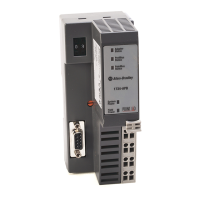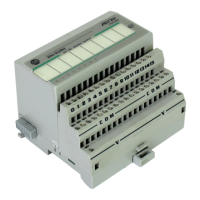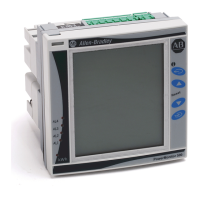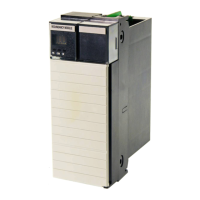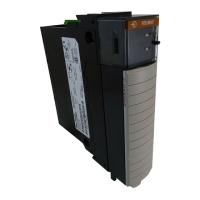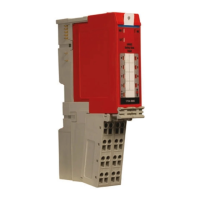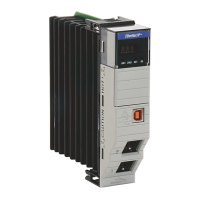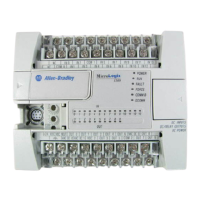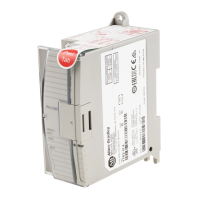Publication 1734-UM009A-EN-P - June 2002
1-14 Installing the RS-232 ASCII Module
Produce Immediate vs. Master/Slave Handshake Option
This option defines when the 1734-232ASC module sends new data to
the DeviceNet Master (produces new data on DeviceNet).
In Produce Immediate mode (default), the 1734-232ASC module
sends its most current serial port data to the DeviceNet Master in
response to each Poll command or explicit message, or in response to
a COS or Cyclic event.
With Master/Slave Handshake active, the 1734-232ASC module keys
on the first byte (Next RX ID) of the Poll command or explicit
message to determine whether or not the new data from its serial port
is sent to the DeviceNet Master. This technique is useful when the
Master needs to ensure that some specific actions have taken place
before receiving the new serial data.
In this operating mode, the module sets the New Data Flag in its Serial
Status byte when a new string is received into the serial port. When
the Master is ready to receive the new data, it changes the value of the
Next RX ID byte in the next Poll command or explicit message. Upon
detection of the Next RX ID value change, the module updates its
produce buffer with the most recent serial input string.
Pad vs. No Pad Option
If the Pad option is selected (default), the 1734-232ASC module will
always send a fixed number of data bytes to the master. It is typically
used when a Terminating Character trigger is used to stop receiving
ASCII data. This is useful if the ASCII device connected to the
1734-232ASC module has varying data lengths and the master cannot
accept varying length I/O messages. The 1734-232ASC module will fill
a short message with the pre-defined Pad Character. The data length is
defined by the Max Receive Length parameter.
If the No Pad option is selected, the 1734-232ASC module’s produce
I/O message will resize itself to the length of the received ASCII data.
This conserves bandwidth, but will cause scanners that do not support
variable I/O sizes to malfunction. Do not turn off Pad Mode if you do
not have (or do not know if you have) a scanner that supports
variable I/O sizes. Pad Mode is ON by default.
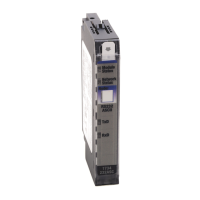
